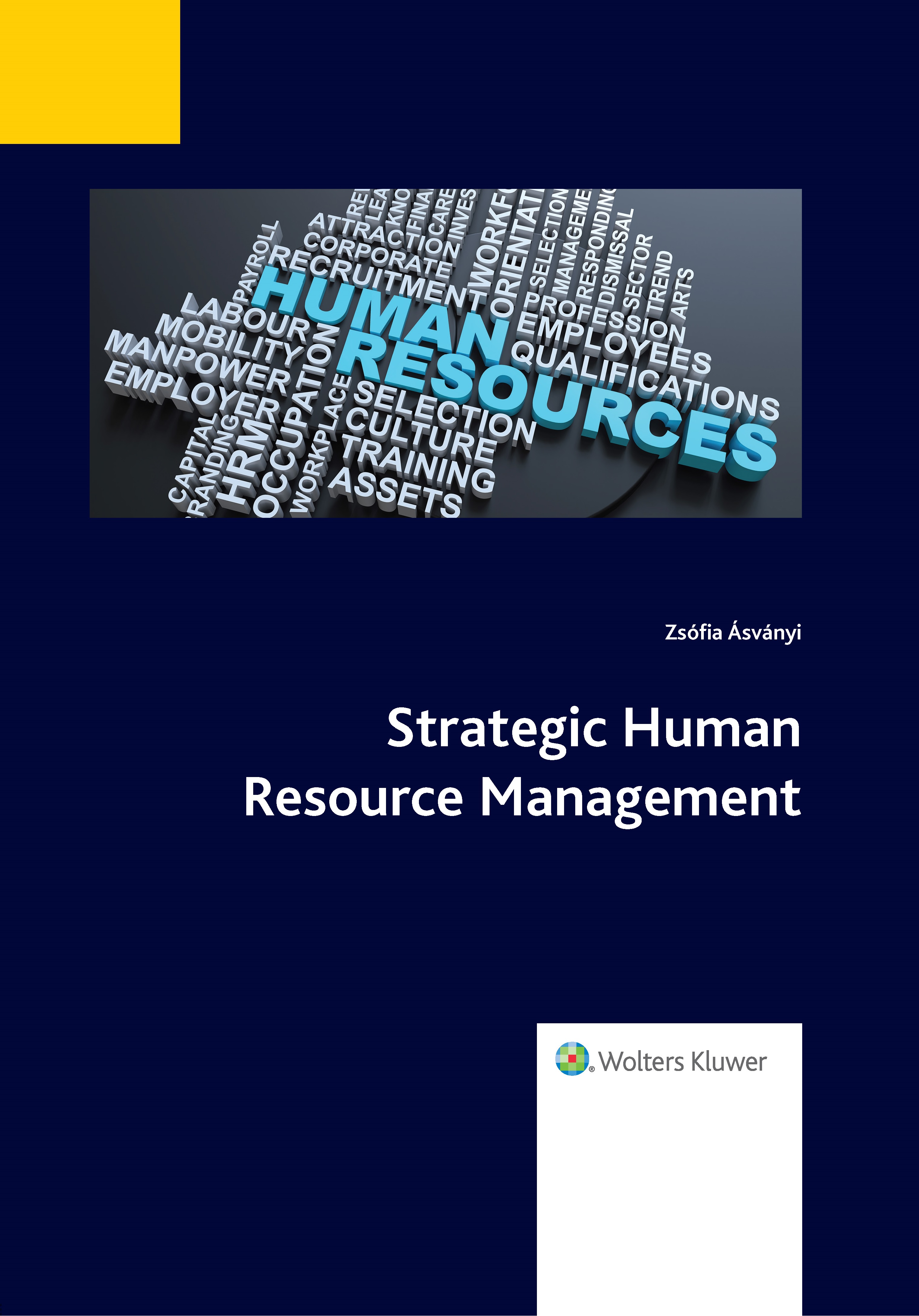Strategic Human Resource Management
Abstract
The idea of this book came from a desire to provide an explanation of human resource
management (HRM) from a strategic perspective. The post-2008 era as
well as the Covid-19 shock worldwide redefined how organizations should handle
employees in a successful way that supports the organization in gaining a competitive
advantage. The link of human resources (HR) to organizational strategy and
its value proposition is clearer than ever. I am sure that HR people understand the
need of linking strategy and practice, and at the same time they agree with the relative
lack of such connectivity in reality. This book aims to diminish the frequent
gap between rhetoric and reality when it comes to HR strategy.
Strategic human resource management (SHRM) is both an academic subject
and an applied discipline in organizations. I believe in the saying “All managers
are HR managers”. Managers at all levels need to have a basic knowledge of
work-related rules, concepts and techniques to gain full responsibility towards
their direct reporting employees. Keeping this in mind, I designed this book in a
way that it can serve as a handbook for university students, for HR professionals
and for managers of businesses at the same time.
The content of the book is organized in nine major parts. The first three parts,
which cover sixteen chapters, discuss the general framework and organizational
setting of SHRM:
– Part 1. Key Issues in Strategic Human Resource Management,
– Part 2. Strategy and Human Resource Management,
– Part 3. The Legal Framework of Human Resource Management.
The following six parts describe and explain organizational HRM functions. As
the handbook has a linear structure, I cannot avoid listing all classic HRM functions
one after the other in consecutive chapters. However, I strongly encourage
the Reader to follow a holistic view and, while reading, to try to synthesise the
discussed topics. The second half of the book thus includes the following:
– Part 4. Job Systems,
– Part 5. Resourcing the Organization,
– Part 6. Strategic Training and Development,
– Part 7. Performance Management,
– Part 8. Total Rewards and Compensation,
– Part 9. Industrial Relations.
The book uses an approach by which the Reader can easily adopt the theoretical
foundations of SHRM into practice. The structure supports this goal through a variety
of methodologies, including the following:
– chapter introductions,
– lists of learning objectives at the beginning of each chapter,
– end-of-chapter summaries with the most important highlights,
– individual and/or group activities,
– lists of key terms,
– end-of-chapter references, and
– further suggested literature.
The goal of this book is not to train all who read it to be HR managers. Most
will take this knowledge and work at another job in the organization. Nonetheless,
they will be able to understand the duties that HR people accomplish.
The author put all her research, teaching and consultation experience into this
book and hopes that the readers will find the book stimulating and useful to read.

